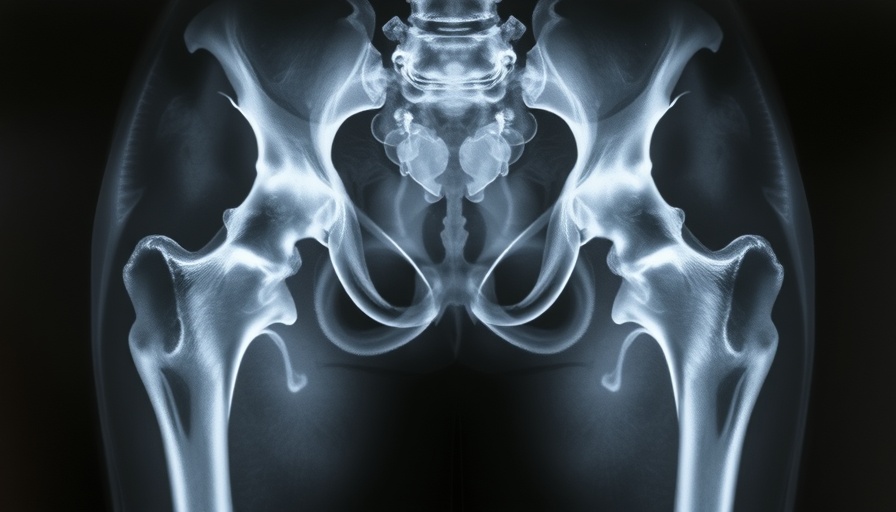
Assessing the Need for Ongoing Support in Obesity Treatment
As the struggle against obesity continues to escalate, recent guidelines from the National Institute for Health and Care Excellence (NICE) underscore the urgent need for structured, ongoing patient support following obesity treatment. With a staggering 29% of adults in England classified as obese and related healthcare costs soaring, the latest recommendations signal a pivotal shift in weight management approaches.
The Shift from Short-Term Solutions
NICE’s updated guidance emphasizes that weight management is not simply a fleeting challenge that can be addressed with a quick fix. As new weight-loss medications like semaglutide (Wegovy) and tirzepatide (Mounjaro) are rolled out, it becomes evident that a long-term support framework is vital. Evidence suggests that individuals often regain weight once the medication course ends due to insufficient backing. The guidelines advocate for at least a year of comprehensive follow-up care, which should include personalized action plans alongside social and psychological support mechanisms, thereby enhancing the chance of sustained weight loss.
Expanding Healthcare Resources for Successful Outcomes
According to Professor Jonathan Benger of NICE, the message is clear: “Weight management doesn’t end when medication stops or when someone completes a behavioral program.” This notion necessitates a recalibration of healthcare systems to incorporate resources like NHS Better Health, which helps individuals foster healthier habits in their day-to-day lives. These resources not just provide immediate guidance but are aligned with broader lifestyle changes that can lead to lasting improvements.
Bridging the Gap: Connecting Patients to Support Networks
Another focal point of the NICE guidelines is the importance of community and family engagement during the weight management process. Integrating support networks, such as online communities, may encourage individuals to share experiences and strategies. This connectedness can counter feelings of isolation that accompany obesity and promote accountability during the weight maintenance journey.
Addressing Broader Economic Impact
The ramifications of obesity extend beyond health; they encompass substantial economic burdens on the NHS, estimated at £11.4 billion annually. By implementing these new guidelines and focusing on long-term strategies, healthcare providers can potentially alleviate these financial strains while significantly enhancing patient outcomes.
Future Predictions: A Transformative Wave in Healthcare
Looking ahead, as more weight-loss medications become available, the emphasis on structured support is likely to reshape how obesity is managed within the healthcare system. The advancements in medication, coupled with these guidelines, could forge a path towards addressing one of the most pressing public health concerns.
In conclusion, the newly recommended NICE guidelines not only spotlight the urgency of ongoing support post-obesity treatment but also represent a broader strategy that could redefine healthcare practices in the face of rising obesity rates. The healthcare community is encouraged to take these actionable insights to heart, pioneering a future of sustained patient success instead of cyclical failure.
 Add Row
Add Row  Add
Add 




Write A Comment